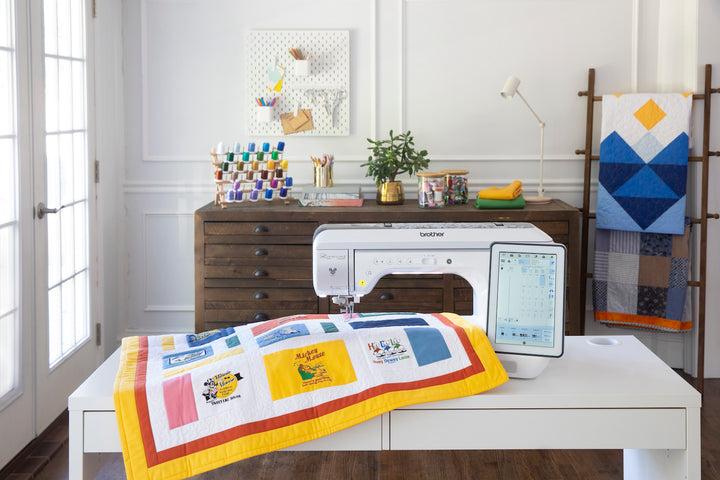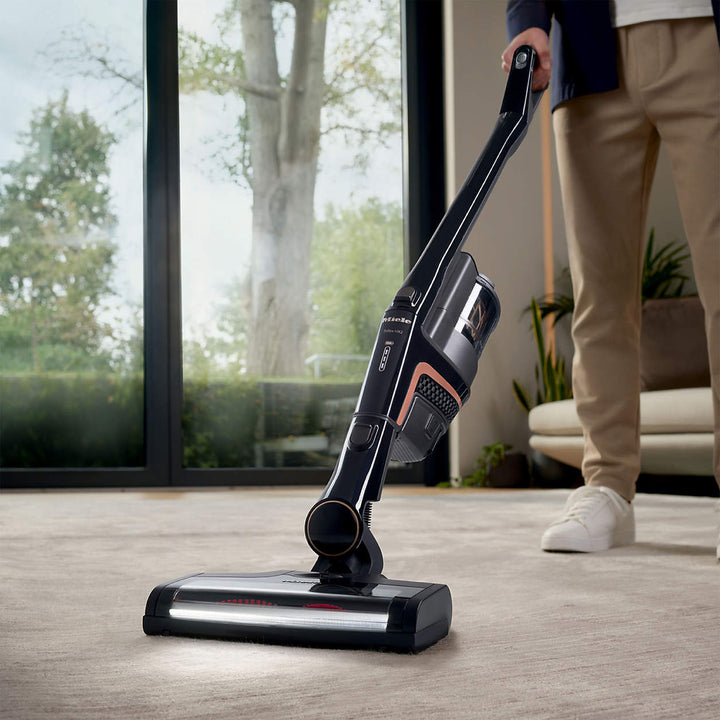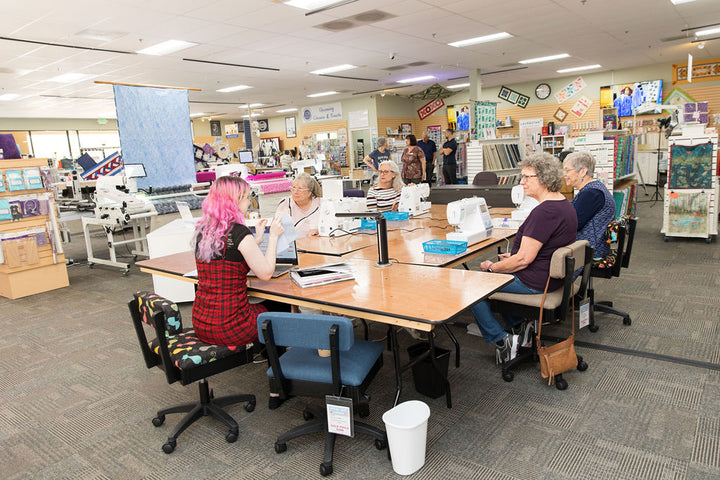-
All Quality Sewing Offerings
Regular price $699.00Sale price $699.00 Regular priceUnit price per$799.0013% offSale -
Sale
-
-
Sale
-
-
All Quality Sewing Offerings
Bernette B62 Airlock Coverstitch Machine
Regular price $1,499.00Sale price $1,499.00 Regular priceUnit price per$1,999.0025% offSale -
All Quality Sewing Offerings
Regular price $2,749.00Sale price $2,749.00 Regular priceUnit price per$3,749.0027% offSale
FAQs
What is a serger machine, and how does it differ from a regular sewing machine?
An overlock machine, more commonly referred to as a serger differs from a regular sewing machine in that it uses multiple loopers and threads to make elastic, strong seams.
Sergers are designed to seal fabric edges and join pieces together, especially for knit fabrics and upholstery. While the regular sewing machines work across the board, sergers specialize in giving professional results with the added advantage of simultaneously trimming and finishing fabric edges, which a regular sewing machine is incapable of doing.
What are the benefits of using a serger sewing machine?
A serger has many advantages for any sewer: it gives a professional finish by trimming raw edges while sewing, stopping fraying, and giving clean and strong seams.
Sergers are faster than a regular sewing machine and will allow you to do more complex projects in less time. Because of the stretchy and strong overlock stitch, they can handle knit and stretchy fabrics well. Besides, sergers do some decorative edges and seams that add much to the quality and look of your works.
Can I use a serger for all my sewing projects, or do I still need a regular sewing machine?
While a serger is highly useful, it cannot completely replace a regular sewing machine. Sergers are mainly used for joining seams and preventing fabric from fraying, while a regular sewing machine is great for tasks like sewing hems and curtains, and replacing zippers.
Essentially, a regular sewing machine is necessary for foundational stitches, while a serger machine complements it by enhancing seam durability and appearance, especially for knit fabrics.
What should I look for when buying a serger sewing machine?
When searching to buy a serger machine, get a four-thread or five-thread serger rather than those with two or three threads. Such a one will offer more flexibility for a variety of seam types, variable stitch length, and other features.
Also, ensure the motor voltage of the serger machine is compatible with the local standards. You should also consider a serger machine with a metal frame or one that is heavier in construction, since it is bound to be more solid and sturdy. A full-featured serger with good build quality will add to your sewing capability and the quality of your projects.
What is a serger with coverstitch and why is it useful?
A serger with a coverstitch function combines two essential finishing techniques into one machine. While a serger machine prevents fabric from unraveling by creating an overlock stitch, a coverstitch machine specializes in simultaneously sewing stretchy hems and overcasting fabric edges without cutting them.
This makes it particularly valuable for hemming knit garments like T-shirts and sportswear, as it provides stretchy seams that retain their elasticity without puckering or distorting the fabric.
Should I choose a domestic or heavy-duty serger?
It will depend on your sewing needs to choose between a domestic and a heavy-duty serger machine. A domestic serger is adequate for home use and small projects, providing quality results. However, you would want a heavy-duty industrial serger if you work with several layers of fabrics or materials like sequins and upholstery very often.
The performance will be much better with an industrial serger but requires a greater investment of money and space. A domestic serger machine will be more practical and cost-effective for most home sewers.










